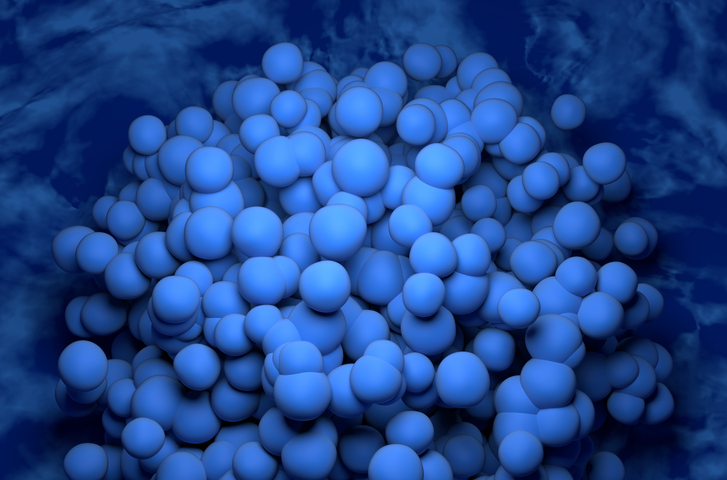Glioblastoma (GBM) remains one of the most lethal brain cancers, with median survival just over a year. Even after surgery, radiation, and chemotherapy, virtually all tumors recur. Now, researchers at Sylvester Comprehensive Cancer Center and collaborators provide a new explanation for this resilience: GBM cells that break away from cell clusters acquire a dangerous flexibility known as plasticity, allowing them to adapt and resist treatment.
“This gives us a much better grasp of the biology of glioblastoma, a tumor type where a lot still remains to be discovered,” said Anna Lasorella, MD, senior author of the study, published in Cancer Cell.
Mapping tumors cell by cell
The team, co-led by Antonio Iavarone, MD, used spatial transcriptomics—an advanced gene-expression mapping technology (CosMx platform)—to examine thousands of individual cells within patient tumors. This approach shows not only which genes are active but where each cell sits relative to its neighbors.
In earlier work, the group had defined four molecular subtypes of GBM cells. This time, they asked how those subtypes are arranged inside tumors. They discovered that cells of the same subtype often form clusters, but some cells disperse into mixed areas. It was these dispersed cells that turned out to be the most worrisome.
Dispersed cells are more plastic—and more aggressive
Comparing gene expression profiles, the researchers found that dispersed cells lack key adhesion molecules that normally help cells stick together. At the same time, they express genes linked to plasticity, the ability to shift identity and behavior.
“There has never really been an integrated explanation as to why cancer cells develop plasticity,” Iavarone explained. “That’s what our study does. We’ve now revealed how the plasticity of glioblastoma cells is controlled.”
Plasticity is clinically significant because it is associated with therapy resistance and poor patient outcomes. The team speculates that standard treatments such as radiation or chemotherapy might inadvertently break apart clusters, giving rise to more dispersed, treatment-resistant cells.
A principle that may extend beyond brain tumors
The researchers also examined breast cancer samples, where they saw a similar pattern: dispersed cells were more plastic than clustered ones. This suggests that loss of cell–cell adhesion may be a general driver of solid tumor aggressiveness, even though GBM itself rarely metastasizes.
“We think this principle is of general significance for solid tumors,” said Iavarone. “It provides an answer to why certain cells become so aggressive.”
Toward therapies that keep cells “stuck”
The findings point to an unexpected therapeutic angle: encouraging tumor cells to stay clustered might limit plasticity and slow disease progression.
“If we can better understand this mechanism, we hope to one day be able to maintain the clustered cells that are less plastic in that state, or even reverse the dispersal of these more plastic cells,” Lasorella said.
Future research will focus on identifying the adhesion proteins that help cells stay together and on testing whether strengthening those molecular bonds can counteract GBM’s deadly adaptability.
Glioblastoma’s ability to recur and resist treatment remains a major clinical challenge. By showing that cellular architecture itself influences tumor behavior, this study suggests new biomarkers—such as the proportion of dispersed versus clustered cells—that could refine prognosis or guide therapy. If the same biology holds in other cancers, drugs designed to preserve or restore cell clustering might one day complement existing treatments across multiple solid tumors.

